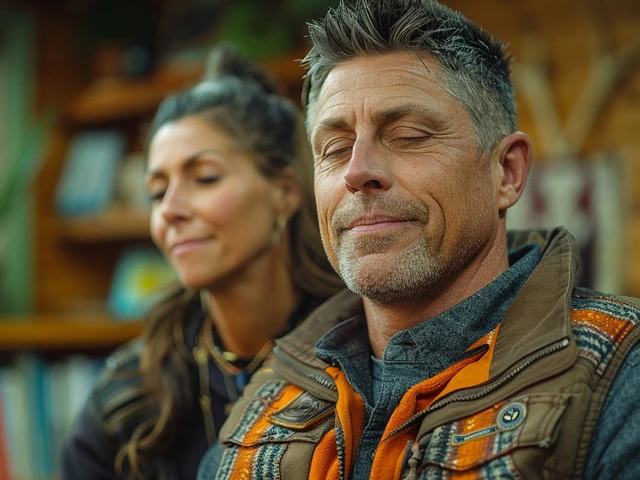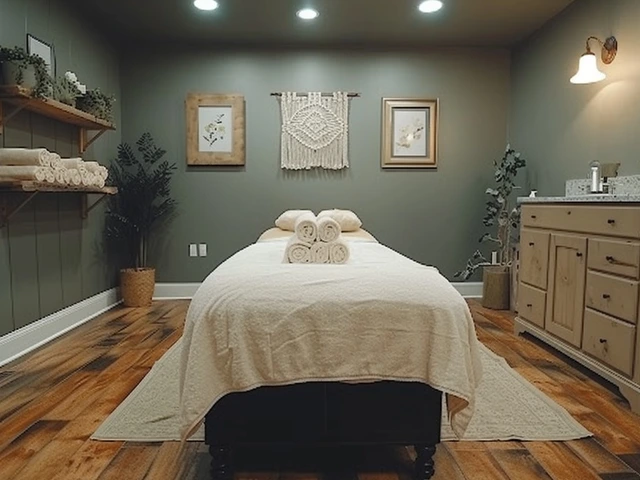Reflexology for Dogs: Simple Paw Techniques You Can Use Today
Reflexology is an easy, hands-on way to help your dog relax and feel better. You don't need special gear—just calm time, gentle hands, and attention to how your dog reacts. These short techniques focus on paw pads and pressure points that can soothe stress, help circulation, and support recovery after mild stiffness or a long walk.
How to start safely
Pick a quiet spot and let your dog sniff your hand. Work when they're calm—after a walk or a light meal often works best. Keep sessions short at first: 3–5 minutes per paw. Watch for loose body language: yawns, soft eyes, or leaning into your touch are good. If your dog pulls away, whines, or tenses, stop and try later.
Use light, steady pressure. Think of firm but gentle contact, not digging. Stroke the leg from paw to shoulder to warm the tissue before doing focused presses. Always avoid painful areas, open wounds, recent surgery sites, or anything your vet flagged as risky.
Simple reflex points and moves
1) Paw pad pressure: Hold one paw in your hand. Use your thumb to apply gentle, circular pressure to each pad for 5–10 seconds. Move to the next pad. This helps soothe nerves and boost blood flow.
2) Between the toes: Slide your thumb down the webbing between the toes and make soft circular motions. Dogs with front-leg stiffness often respond well to this.
3) Toe pulls and gentle stretches: Gently extend each toe and hold for 2–3 seconds, then release. This helps relieve tightness in the toes and can improve joint mobility when done calmly and regularly.
4) Leg strokes: After the paw work, run your hand up the leg with light pressure from paw to shoulder three to five times. Finish with a long, calming stroke down the side of the body to relax the whole dog.
Do one paw at a time and keep the total session under 10–15 minutes for beginners. You can repeat the routine 3–5 times per week or daily for anxious dogs. Consistency matters more than length.
When reflexology helps, you'll see a calmer breathing rate, looser muscles, and better willingness to move after rest. It won't fix every health issue, but it often reduces tension and supports recovery when used alongside vet care.
Avoid reflexology if your dog has fever, contagious skin conditions, open wounds, recent fractures or surgery, or if your vet advises against touch in certain areas. If your dog shows persistent lameness, swelling, or pain, book a vet visit instead of relying on home therapy.
Want deeper techniques? Check articles on sports massage and neuromuscular therapy to expand what you do at home. Reflexology is a gentle tool—not a cure-all—but used right, it makes everyday life softer for your dog and helps you connect in a calm, helpful way.

Reflexology: A Natural Way to Lower Blood Pressure
Learn how reflexology can naturally lower blood pressure, explore the science, follow a simple at‑home routine, and see how it fits with medication and lifestyle changes.

How Reflexology is Revolutionizing Stress Management
Reflexology is shaking things up in the world of stress management by tapping into the body's natural healing powers. This practice, which involves applying pressure to specific points on the feet and hands, is gaining popularity for its ability to reduce stress and improve well-being. People swear by its calming effects and how it enhances overall health. From soothing headaches to helping with anxiety, reflexology is proving that sometimes the best solutions are the simplest ones.




